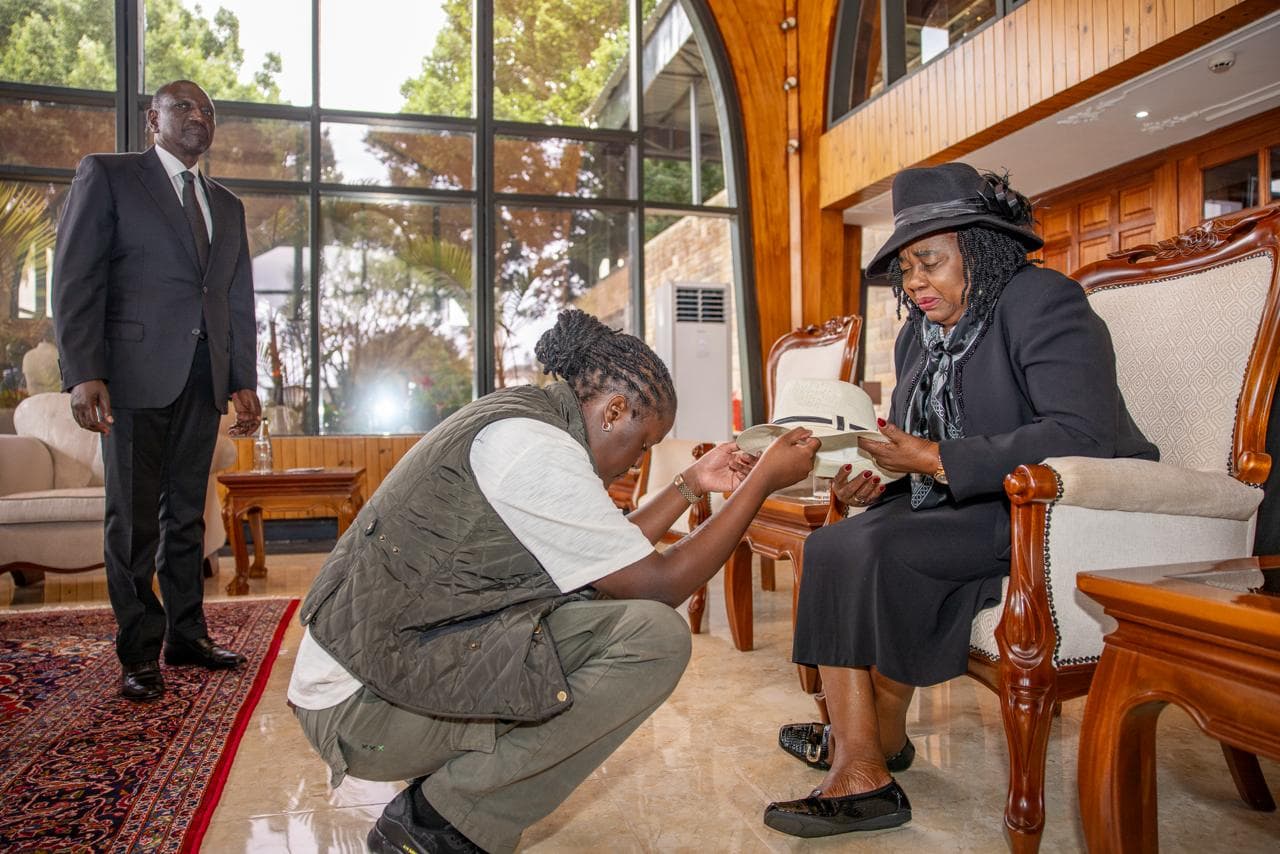Loading News Article...
We're loading the full news article for you. This includes the article content, images, author information, and related articles.
We're loading the full news article for you. This includes the article content, images, author information, and related articles.
The revered Luo funeral rite of 'Tero Buru,' a symbolic send-off for the departed, is gradually fading as modern influences and changing societal norms reshape traditional burial practices in Kenya.

The Luo community's deeply symbolic funeral rite, 'Tero Buru,' is experiencing a gradual decline, reflecting broader shifts in traditional practices across Kenya. Once a dramatic and spiritually significant ritual, 'Tero Buru' — meaning 'driving of the bull' or 'sending away the dust' — served as both a mourning and cleansing ceremony, honouring the deceased and ensuring spiritual harmony within the homestead.
Traditionally, 'Tero Buru' involved elders leading a procession with a bull, accompanied by traditional songs, chants, and drumming, to symbolise the final journey of the departed and cleanse the home of death's shadow. This ritual was considered crucial for appeasing spirits and preventing misfortune, ensuring the deceased's peaceful rest and the living's protection.
In generations past, 'Tero Buru' was an intrinsic part of Luo mourning, often performed after the burial, sometimes on the same day or a few days later, depending on family customs. It was a public expression of loss and respect, particularly for prominent individuals, elders, or leaders, drawing hundreds of mourners.
The significance of Luo funeral rites gained national attention during the 1986-1987 S.M. Otieno burial dispute, which highlighted the deep cultural importance placed on burial places within the community. More recently, the absence of 'Tero Buru' at the funeral of the late Prof. George Magoha in February 2023 in Siaya County, at the family's request for a Christian send-off, underscored the ongoing erosion of this cultural pillar.
Even prominent figures like the late former Prime Minister Raila Odinga, while advocating for cultural preservation, cautioned against extravagant funerals that burden grieving families. His own wishes for a burial within 72 hours of his death, though practical and modern, contrasted with the traditional Luo customs that typically span several days to allow for extensive rites and gathering of kin.
Kenya's government has implemented various interventions to preserve and promote cultural heritage, including the National Policy on Culture and Heritage (2009) and the National Museums and Heritage Act of 2006. These frameworks aim to guide the preservation of Kenya's diverse cultures and protect traditional knowledge and cultural expressions.
County governments are also mandated by the Constitution of Kenya, Article 40(5), to promote cultural activities and have established cultural policies and centres. However, the influence of modern legal instruments, such as wills, is increasingly challenging traditional burial practices, allowing individuals to dictate their send-offs, sometimes against long-held community customs.
Luo elders, such as Jotham Ajiki, organising secretary of the Luo Council of Elders, emphasise that 'Tero Buru' serves to remind the community of its identity and values like courage, justice, and community. Ker Odungi Randa, chairman of the Luo Council of Elders, affirmed that the rite once safeguarded lineage and cohesion, ensuring the clan remained whole.
However, the increasing embrace of Christianity and Westernisation has profoundly impacted the preservation of indigenous heritage. Bishop Martin Arara, coordinator of the Gem Council of Elders, noted that many Christian families now prefer Christian send-offs, leading to the omission of traditional rituals.
The fading of 'Tero Buru' and other traditional practices poses a risk to the preservation of Luo cultural identity and intergenerational knowledge transfer. As modern life accelerates, there is a concern that younger generations may not fully understand the significance of these rituals.
The shift also reflects a tension between traditional communal obligations and individual preferences, particularly concerning funeral arrangements. While some view modern approaches as practical, others express concern about the potential loss of unique cultural heritage.
The exact long-term impact of the decline of 'Tero Buru' on Luo communal bonds and spiritual beliefs remains to be fully understood. There are ongoing debates within the community about balancing cultural preservation with modern religious practices and economic realities. The extent to which digital platforms and cultural festivals can effectively revitalise and document these fading traditions is also an area of ongoing exploration.
Efforts to preserve Kenya's cultural heritage are ongoing, with organisations like TIPD Kenya working on documentation, education, and community-led conservation. UNESCO also supports initiatives like the E-Heritage Programme to document and provide access to cultural sites through digital technologies.
Observers will be watching how the Luo Council of Elders and other cultural institutions adapt to these changes, potentially by integrating traditional elements into contemporary ceremonies or by intensifying educational programmes to inform younger generations about their heritage. The ongoing dialogue between traditionalists and those embracing modern practices will shape the future of Luo funeral rites.
Keep the conversation in one place—threads here stay linked to the story and in the forums.
Other hot threads
E-sports and Gaming Community in Kenya
Active 6 months ago
Popular Recreational Activities Across Counties
Active 6 months ago
The Role of Technology in Modern Agriculture (AgriTech)
Active 6 months ago
Investing in Youth Sports Development Programs
Active 6 months ago